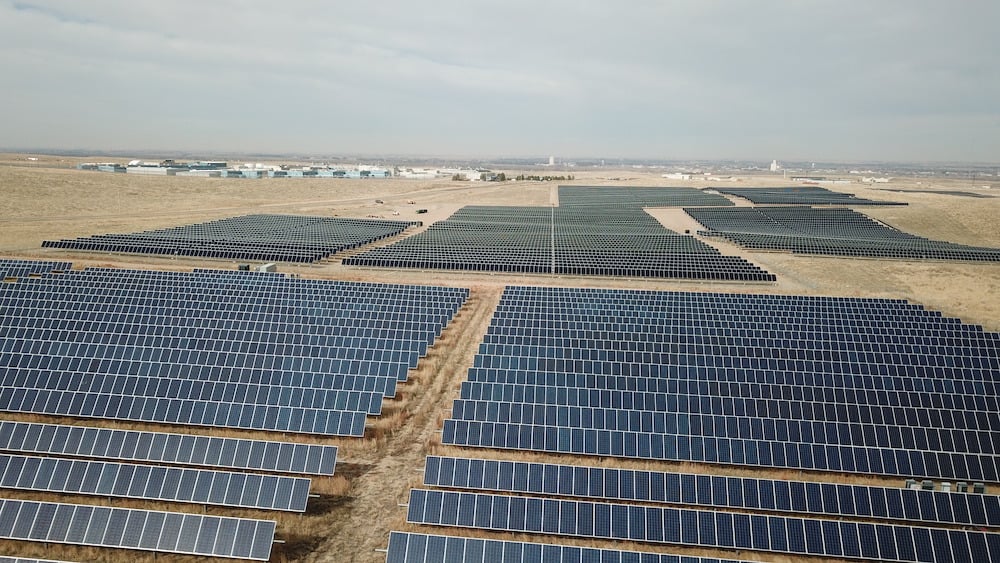Additionality: a Key Piece of the Net Zero Puzzle
January 4, 2023

In today's world, where the urgency to address global warming and mitigate climate change via decarbonization is more pressing than ever, organizations are increasingly seeking ways to showcase environmental responsibility. One essential piece of the net zero puzzle is the concept of additionality. Additionality allows organizations to prove that their actions contribute to greenhouse gas (GHG) emission reductions and environmental benefits beyond what would have occurred naturally or without their intervention.
This blog delves into the basics of additionality, exploring its significance and how it is assessed. By understanding additionality, companies can strengthen their environmental credibility, demonstrate their genuine dedication to carbon neutrality, and mitigate the impact of burning fossil fuels.
Why Do We Need Additionality?
Additionality is a concept frequently used when discussing carbon offset projects and initiatives aimed at reducing GHG emissions. It refers to the additional emission reductions or environmental benefits that occur due to a specific project or action, considering what would have happened without that project or action.
For example, let’s say you decide to protect an acre of trees by purchasing offsets that prevent any logging corporation from cutting them down. In theory, you just prevented roughly 48 pounds of CO2 from reaching our atmosphere. However, what if the logging company never intended to cut down those trees in the first place? Or what if they decide to hack down a different acre of trees instead? In that case, the negative impact on our atmosphere is the same; your “offset” failed or may have even served to worsen global carbon emissions.
This is where additionality comes into play. To qualify as a genuine carbon offset, the reductions achieved by a project need to be "additional" to what would have happened if the project had not existed. An offset with a high additionality score guarantees that the project drives real change and contributes to the overall goal of reducing global GHG emissions.
Additionality is essential to avoid "double counting" when multiple organizations claim credit for emissions reduction efforts.
How is Additionality Determined?
In the real world, determining additionality is rarely straightforward. By definition, additionality relies on considering a counterfactual scenario: what would have occurred in the absence of my carbon offset? When a project is deemed additional, the GHG reductions it generates are additional to the business-as-usual scenario. In other words, the project leads to emissions reductions that would not have occurred under normal circumstances.
To determine additionality, project developers or evaluators assess whether the project's activities or investments go beyond what would have been financially or technically viable without the support of the offset revenues. This analysis often involves comparing the project to a baseline scenario that represents the most likely alternative course of action in the absence of the project.
Another added complication: Additionality isn’t a binary measurement – it’s a spectrum. A carbon offset can range from 0% additional (where the carbon offset did not lead to more carbon being removed or avoided) to 100% additional (where the climate impact would not have happened without the carbon offset).
This Topic is Complicated; Work With an Experienced Partner
Even for people working in the renewable energy industry, additionality and comparing the environmental impact of different carbon offsets can be tricky concepts to grasp. As we move forward, customers, investors, and shareholders will all expect you to be diligent in researching carbon offsets that will have the best possible impact on the environment.
Working with a trusted partner, such as Pivot Energy, is a surefire method of identifying and incorporating the best possible decarbonization strategy that can grow and adapt alongside your business. Reach out today!


